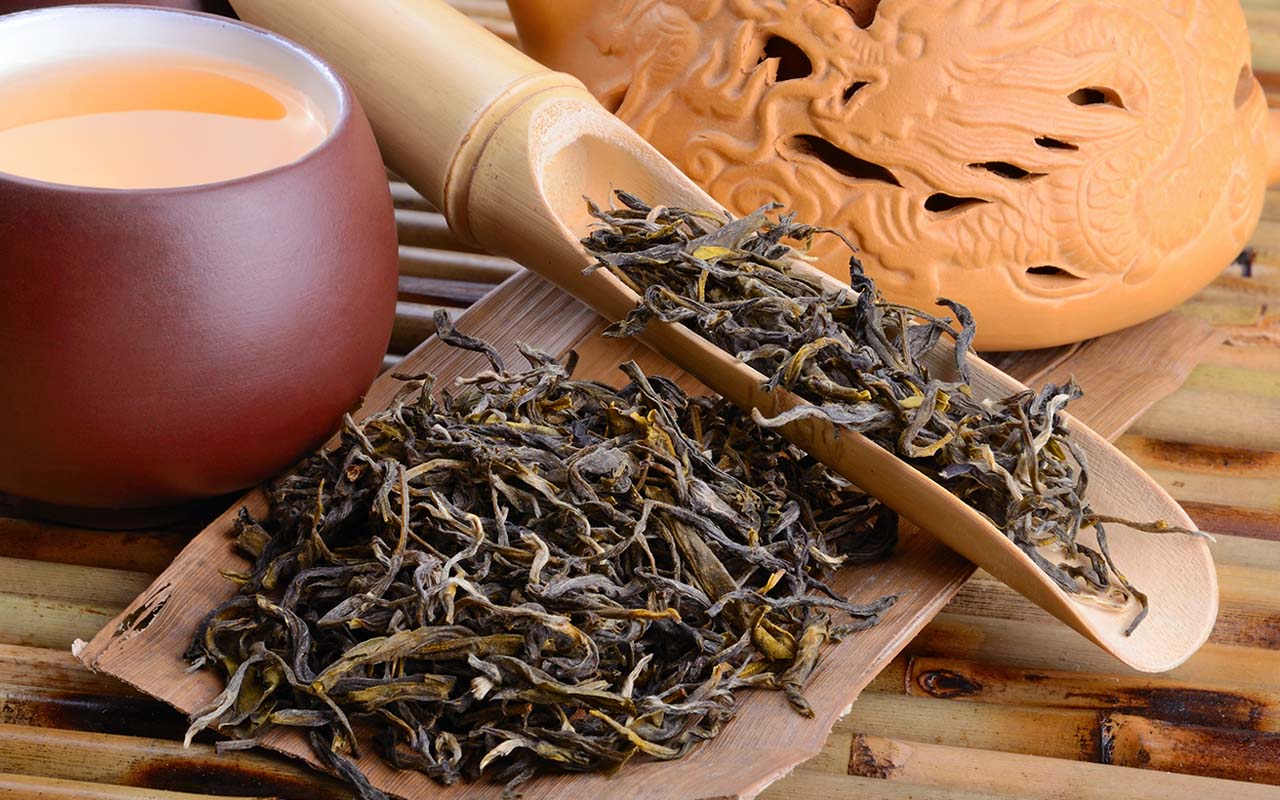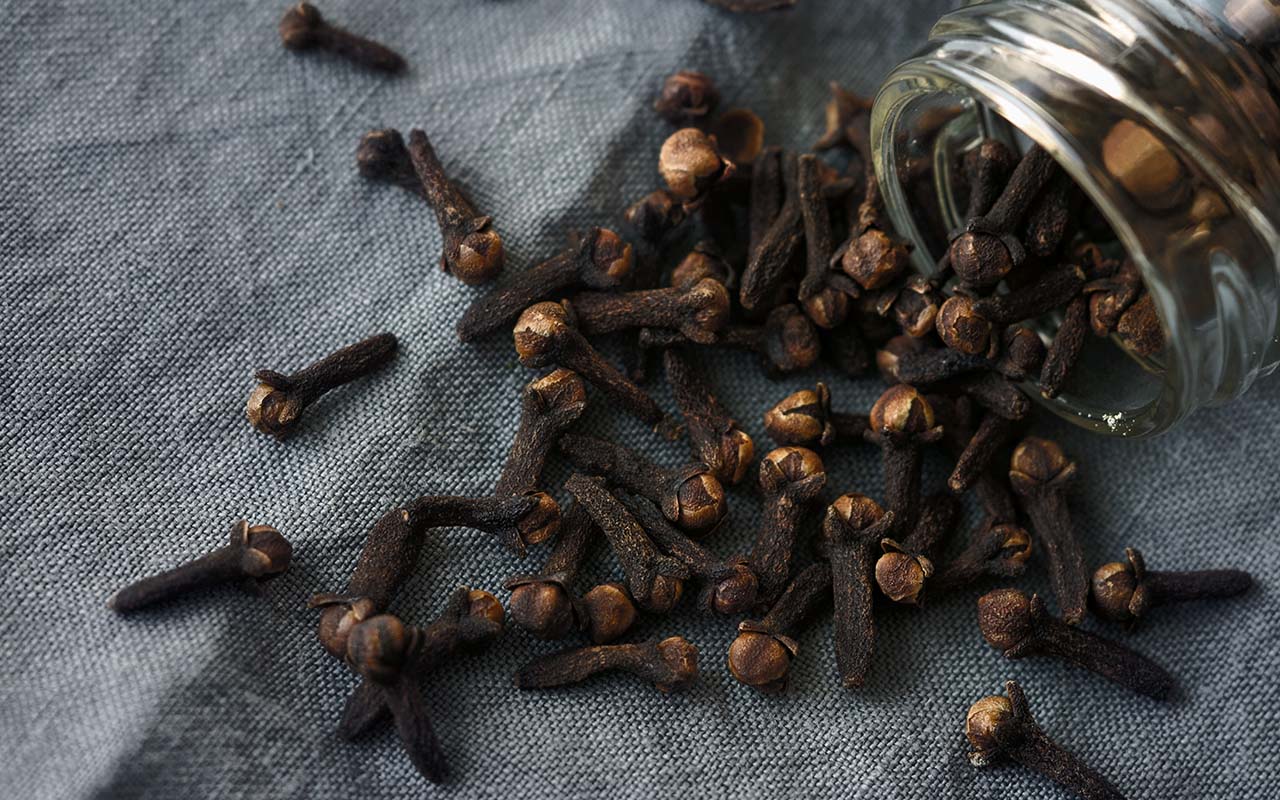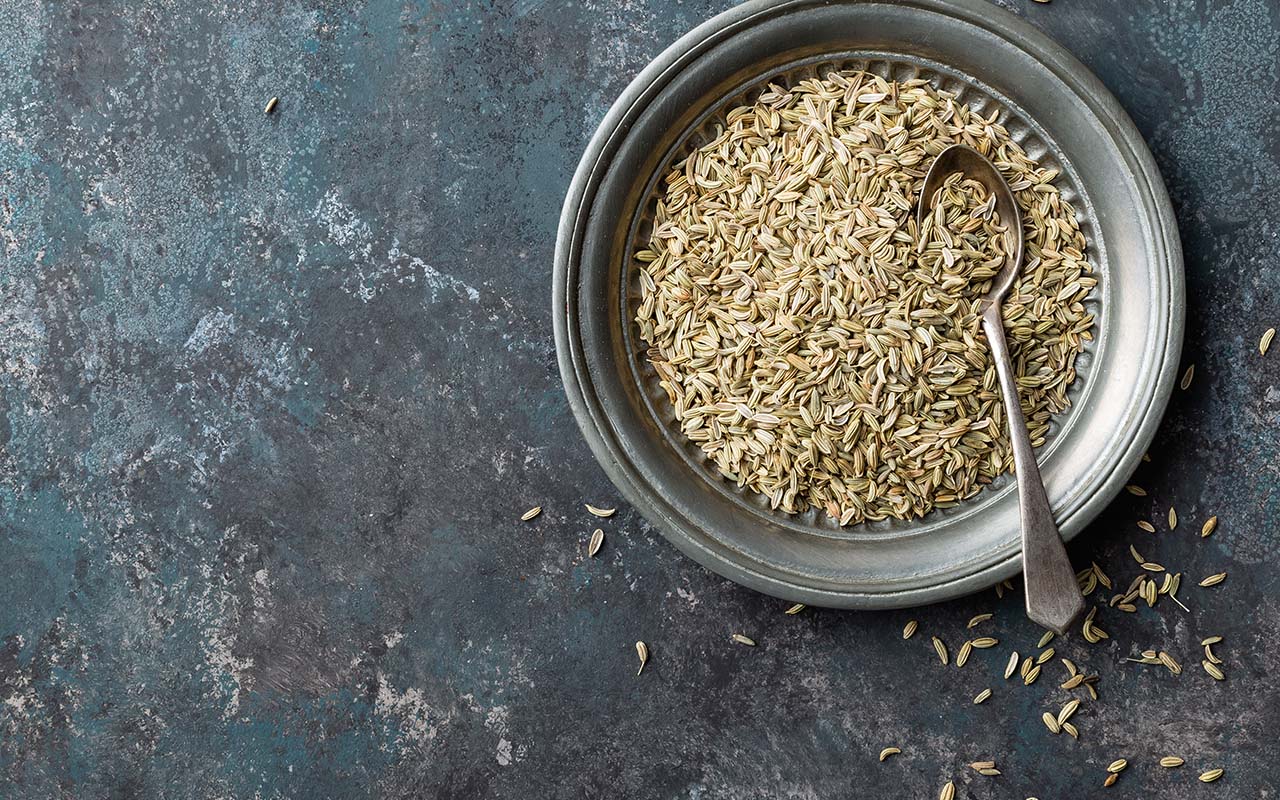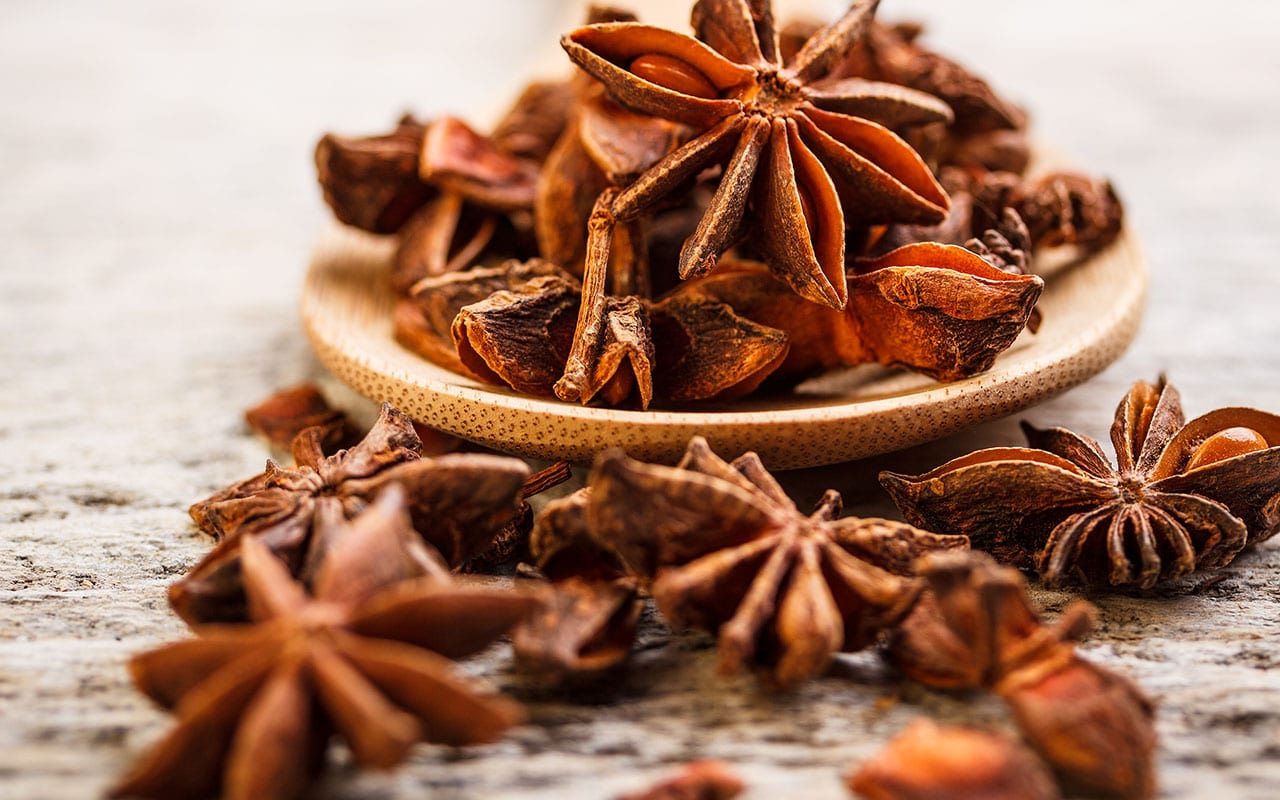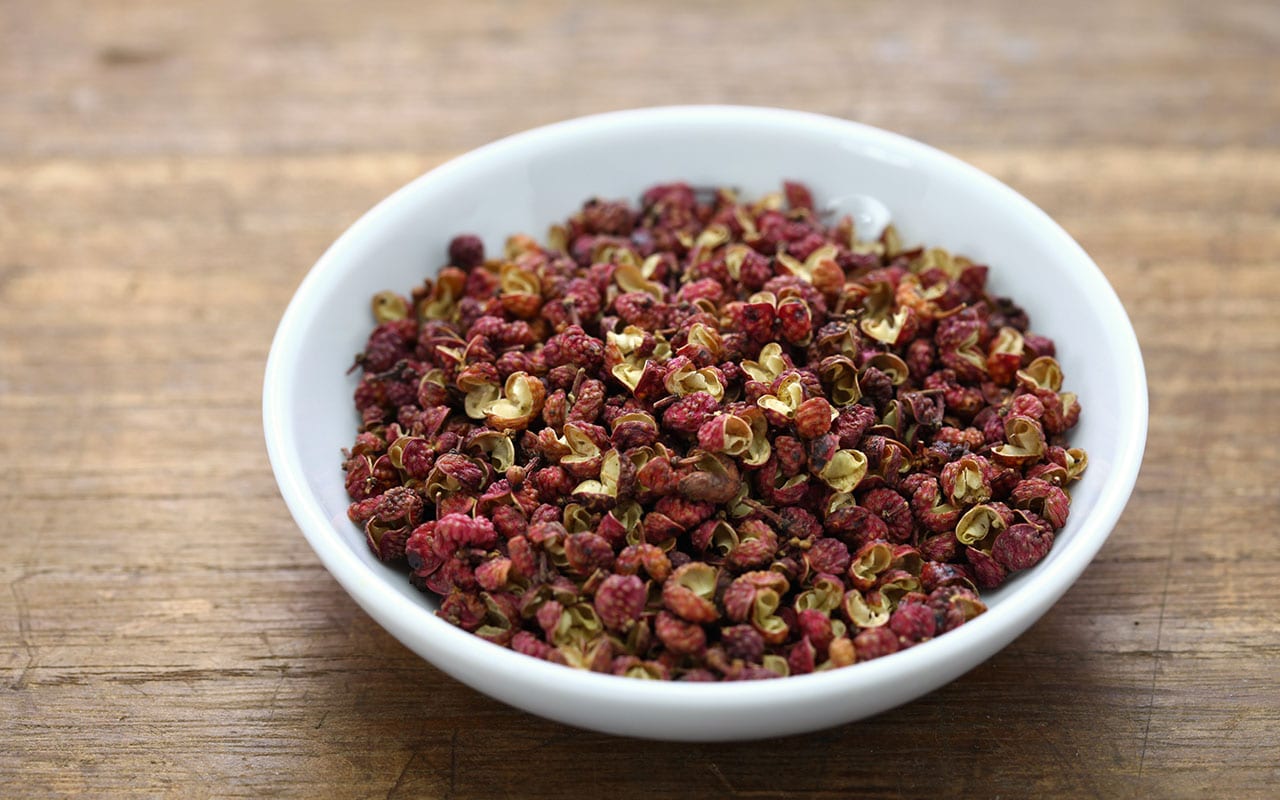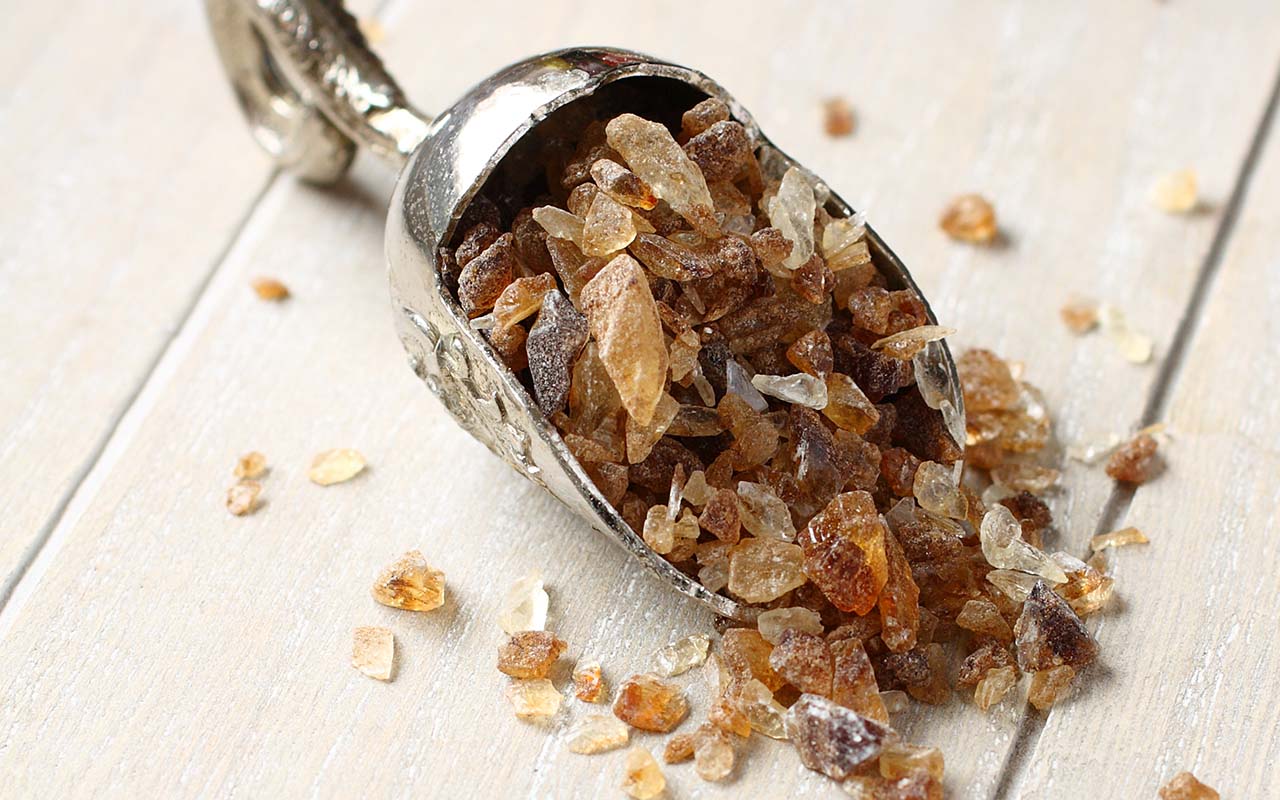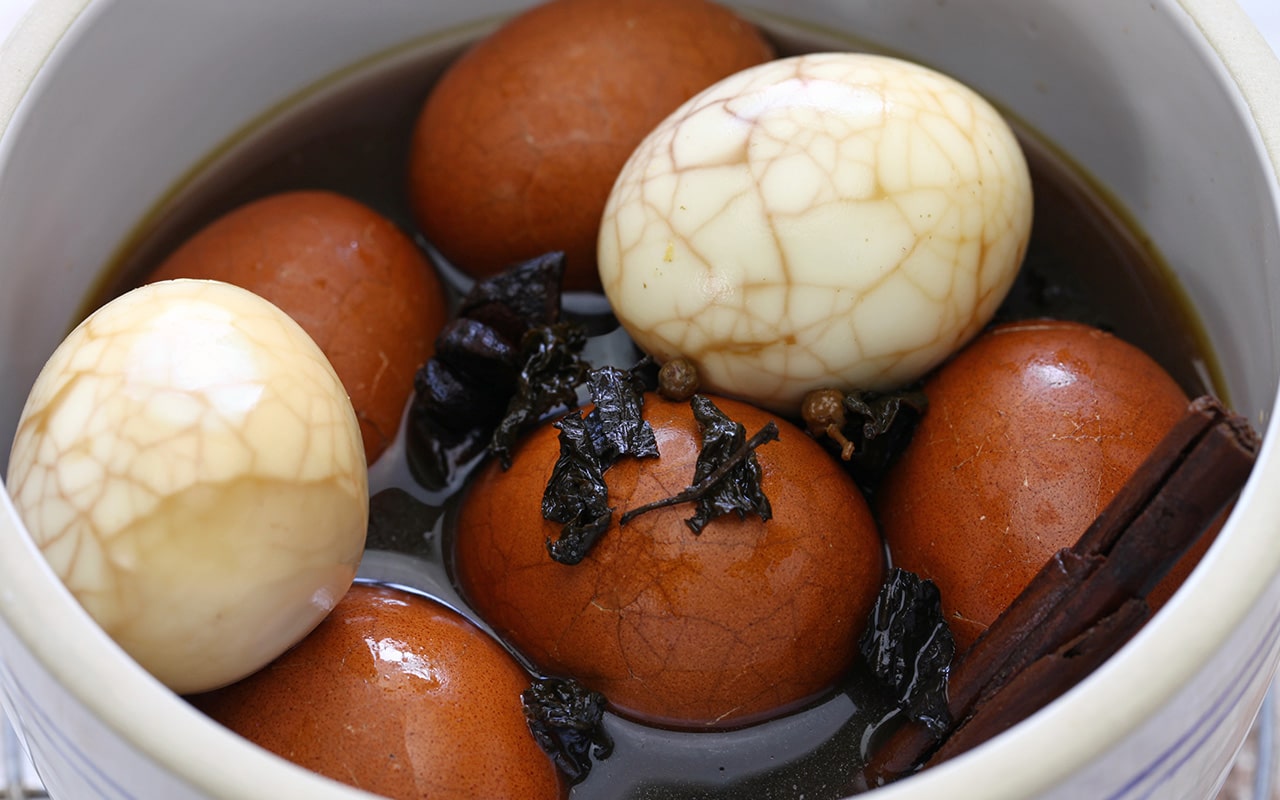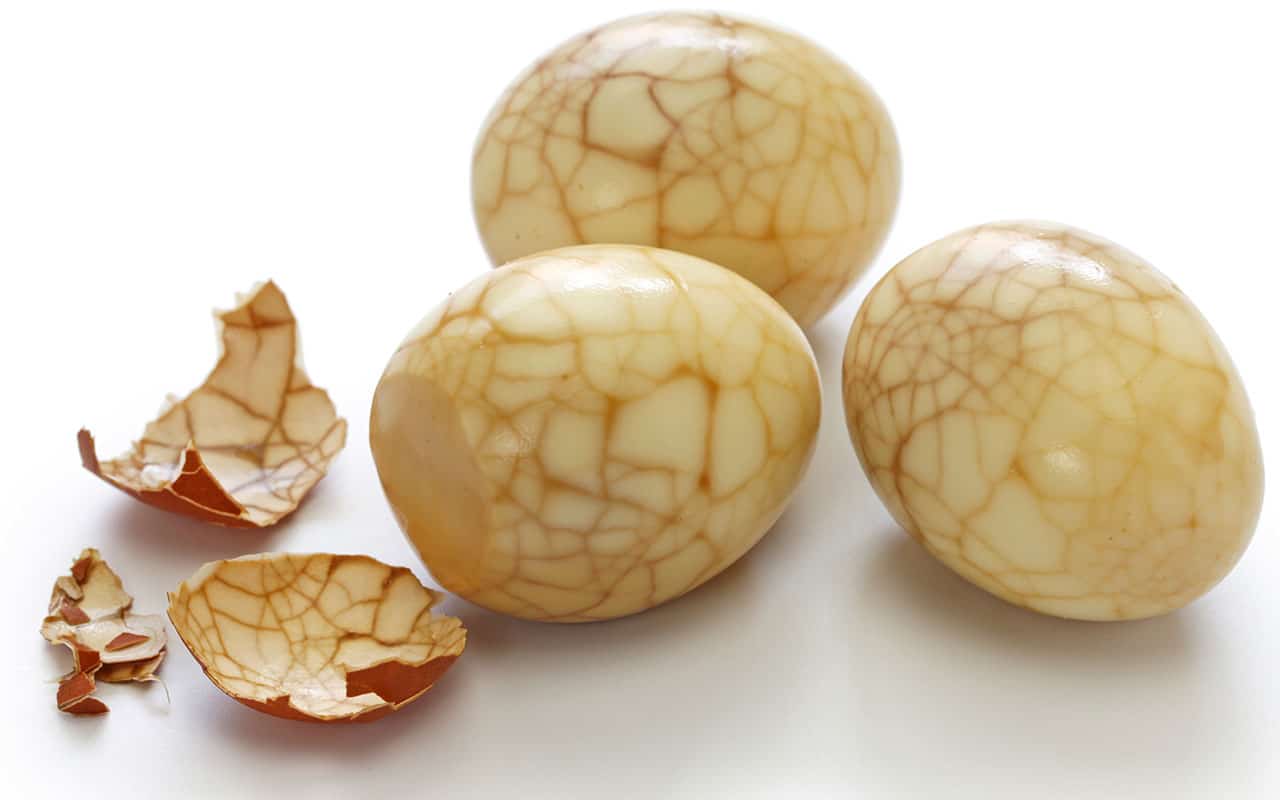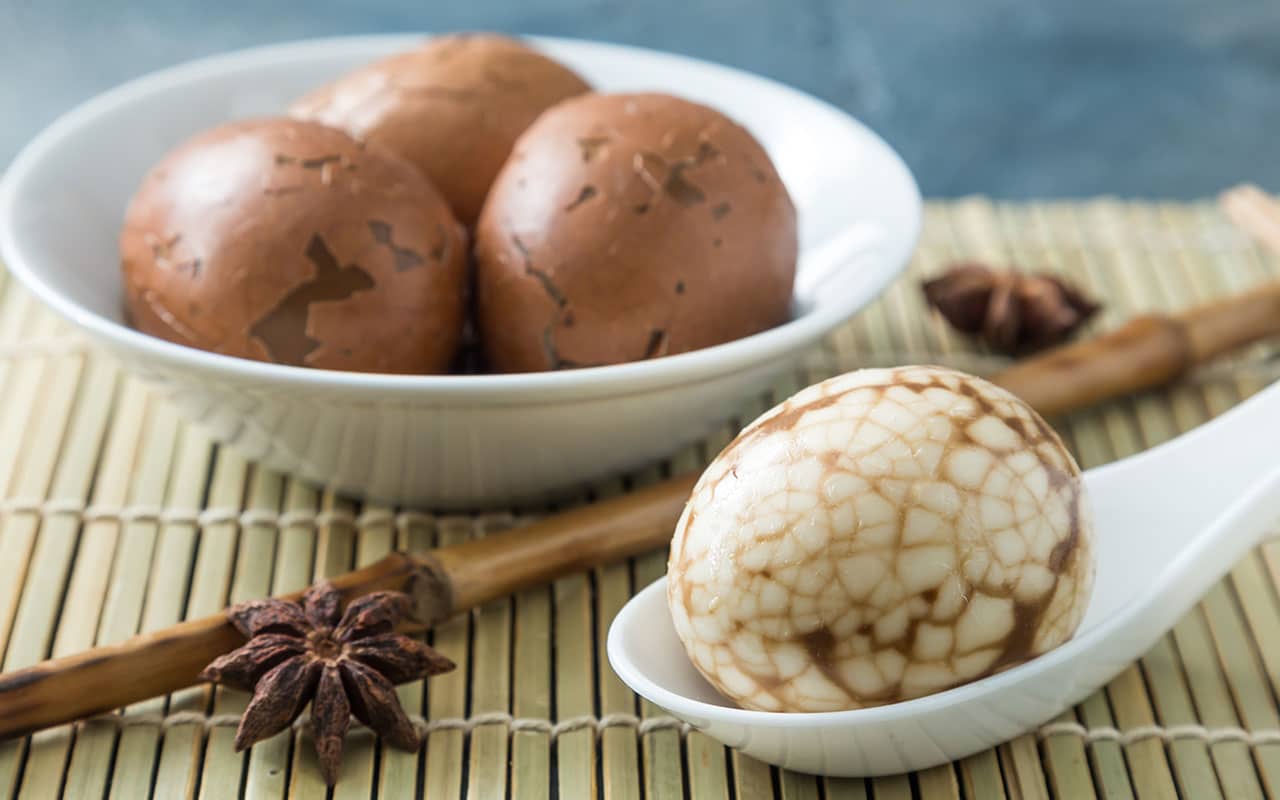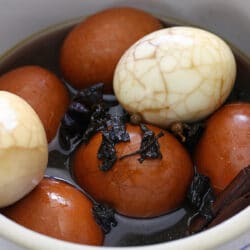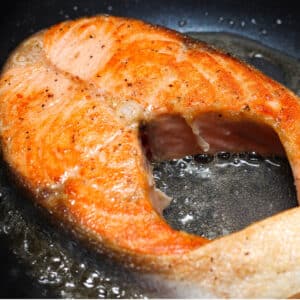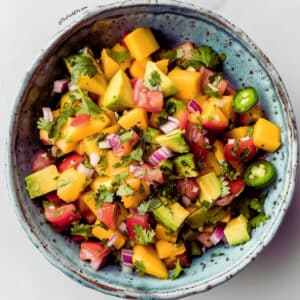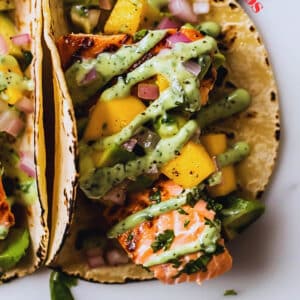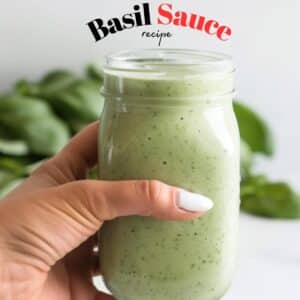Cha Ye Dan can be eaten as little treats on their own. You can also serve them on top of rice or noodles or even on your breakfast porridge.
If you walk the streets of China, you will be sure to come across street vendors selling Cha Ye Dan, (茶叶蛋 /茶葉蛋)or Chinese Tea Eggs or Marbled eggs.
Essentially, they are hard-boiled eggs, but what makes them so special is that they are marinated in a tea-infused solution.
My mom used to make them for me to take to school or take on picnics.
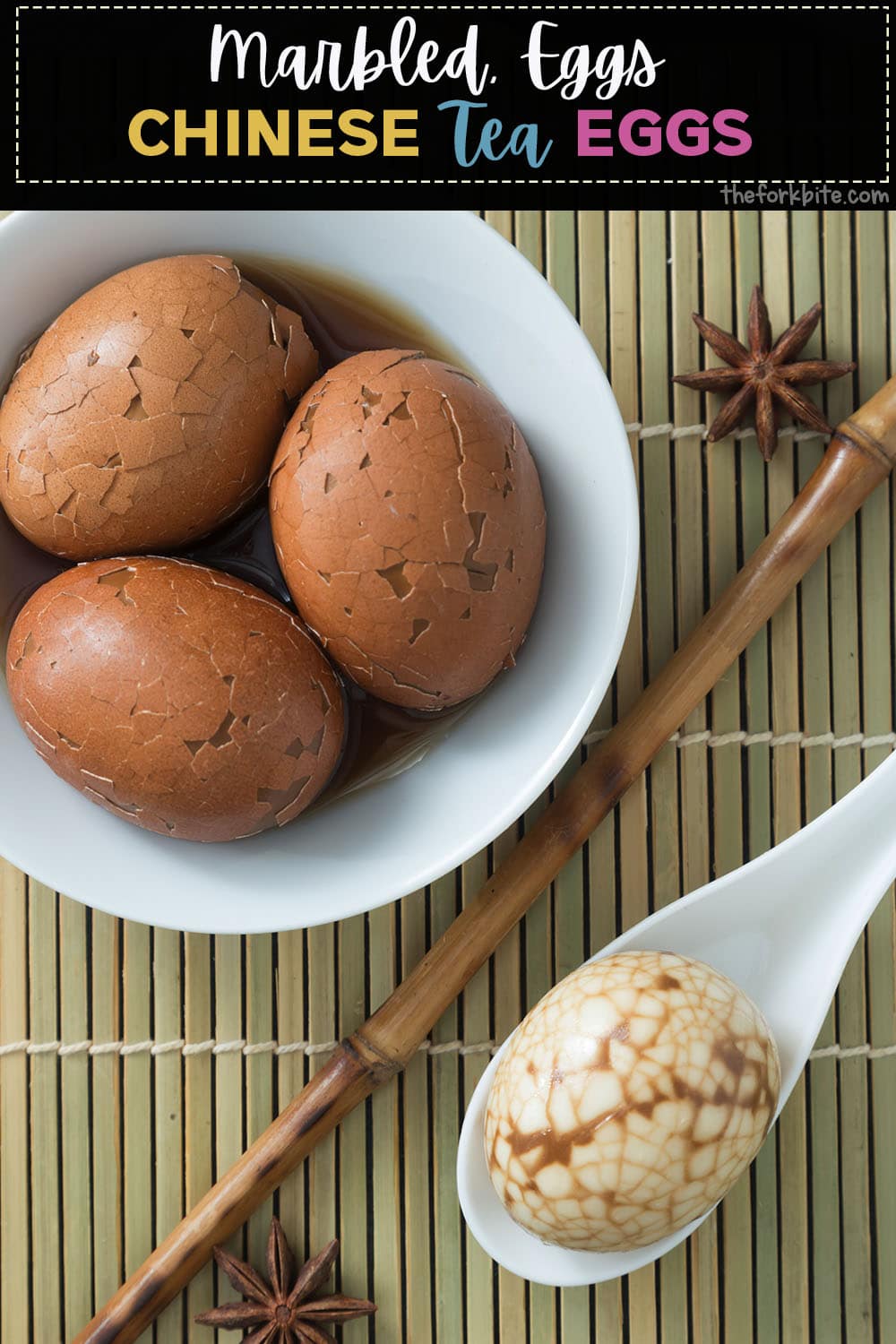
They're highly versatile and can be eaten as little treats on their own. You can also serve them on top of rice or noodles or even on your breakfast porridge.
Intrigued? Read on, and I will tell you all about them and how you can make them for you and your family.
Ingredients you will need
Naturally, you need eggs. But in addition to the little bounties bequeathed to us by our chicken friends, you will also need tea, soy sauce, a mix of spices (other use five-spice powder.)
- 12 large eggs
- 6 cups water (1500 ml)
- 2 cm ginger (~¾ inch) sliced
- 2 tablespoon light soy sauce
- 3 tablespoon dark soy sauce
- 2 tablespoon oolong tea (or your favorite tea)
Spice Mix
- 3 pcs. star anise pods
- 1 small piece of cassia cinnamon stick (~3 inches)
- 3 bay leaves
- 5 cloves
- 1 ½ teaspoon Sichuan peppercorns
- 1 teaspoon salt
- ½ teaspoon fennel seed
- 10 g rock sugar (or 2 teaspoon golden/light brown sugar)
Once you've got everything you need to make these little beauties, you can get started, and don't worry. It's all pretty simple.
Understanding the ingredients
Taiwanese Oolong tea
Now before you jump down my throat, yelling, "It's not Chinese tea," let me explain. You can use any tea you prefer. The reason I use Taiwanese Oolong is that it is part-fermented.
To my palate, this imparts a subtle but distinctive taste that falls somewhere in between green tea (which is unfermented) and fully fermented black tea.
If you want to copy this recipe, you should find Taiwanese Oolong in lots of tea shops. You can also get Chinese Oolong, but I often find it costs a lot more. It's the Scrooge in me coming out.
Please feel free to use what you want, but I think you'll find Oolong pretty hard to beat.
For me, Chinese tea eggs are about having a robust spiciness, and green tea doesn't have the punch, which is why I prefer a bolder flavored tea.
I always use loose leaf, rather than bags, but if you want to use bags, it needs to be good quality, and you'll need between 4 and 6 bags depending on the tea's strength.
I have come across recipes that use black, green, Jasmine, and even flavor infusions. They all give their own special flavor notes, so please, go with what you prefer.
Use whole spices nor ground or powdered
With the rise in popularity of Chinese restaurants over the decades, Chinese spices are now readily available in many stores, especially Asian grocery stores.
Some people take the lazy route and use Chinese five-spice powder in their tea egg marinade.
To my mind, this will not give you the right balance of flavors. You'll get a far better result from using whole spices and not crushed or powdered.
Ground and powdered spices are often stored for long lengths and tend to lose a lot of their fresh taste. Whole spices, on the other hand, taste much fresher.
Which type of soy sauce is best - light or dark?
To many people, soy sauce is just soy sauce. Some people aren't even aware that you can get light or dark variants.
But the fact of the matter is that these different sauces are made in slightly different ways, have different notes of flavor, and fulfill different functions.
Many people think that light soy sauce is the norm or that if they are aware of the two types, the only difference is the color density.
It isn't easy to judge the difference by just looking at the bottles.
It's only when you pour a little out into a spoon that you can tell that light soy sauce is indeed considerably lighter in color than its dark counterpart.
All too often, light soy sauce is never labeled as such.
But as a rule of thumb, you can assume that an all-purpose soy sauce is likely to be light. A dark soy sauce is usually labeled as such.
When dark soy sauce is added to a recipe, it lends the dish a rich red-brown color.
But when comparing the two, there is much more to take into consideration other than color density.
Most people tend to think that dark soy sauce has a richer flavor than its lighter counterpart. However, that is not the case.
- Yes, the dark sauce has a deeper flavor, but it is less salty and less subtle in taste than the light variety.
You can use a combination of both types to give you a slightly deeper color but a less salty and overly harsh taste.
Besides Chinese soy sauce, you can also buy Japanese, and these are also available in both light and dark options.
To date, I have stuck with using the Chinese variety, but if you feel like going down the Japanese route, there is no reason why you shouldn't give it a try.
What's in Chinese five-spice?
Unsurprisingly, Chinese five-spice is made with five different spices - surprise, surprise! Each fulfills its own flavor function.
1 Cassia Spice
Ever heard of it? You might not have done. However, you've probably got some in your spice cupboard right now, although it's likely to be labeled "cinnamon."
Strictly speaking, the two are slightly different, although closely related. Here in the US, if it is cassia, it is normally labeled as cinnamon.
However, the matter is that "real" cinnamon is usually described as Ceylon or Sri Lankan cinnamon.
More often than not, commercially ground cinnamon is a combination of both cassia and cinnamon.
For the purist, cassia has a slightly more medicinal type flavor with a hint of aniseed than cinnamon. If you buy it rolled and packaged, cassia is more tightly wound.
It is more like single sheets rolled up, whereas cinnamon rolls tend to be split into multi-layers when looked at the end on.
If you manage to spot cassia in an Asian grocery store, it is likely to be sold in sheet form rather than rolls.
2 Whole cloves
Most people will be familiar with cloves. As well as being available in dried bud form, or ground form, you can also buy the essential oil of cloves, which has several health benefits.
My father, for example, used to use it to remedy toothache.
As far as making Cha Ye Dan is concerned, you need to use whole cloves in their dried bud form.
The flavor is much more intense, but if you want to use them in recipes in powdered form, they are easy to grind down.
3 Fennel seeds
If you haven't tried fresh fennel in salads or slives and roasted, you haven't lived. It has an aniseed type of taste and is gorgeous.
In seed form, it is also an essential ingredient in the Chinese five-spice.
Like another ingredient we will be talking about below, star anise, fennel seeds contribute lovely licorice, aniseed hint of flavor.
When used in your Chinese tea egg marinade, alongside star anise, it gives you a more multi-faceted anise taste.
4 Star Anise
The name for star anise in Chinese Madarin, is bajiao (八角). The literal meaning is "eight angles or corners," which describes this spice's star-like appearance.
It's powerful stuff with a real aniseed punch, so use conservatively.
5 Sichuan peppercorns
These little chaps are not peppercorns at all. Sichuan peppercorns are seed husks. As well as being spicey, they have a surprising lemon fragrance.
Another surprise is the fact that they have a numbing effect on both your lips and your tongue. This numbing effect also opens up your tastebuds.
It is a highly prized characteristic that sees them used in many Suchaun recipes.
Other spices you will need
In addition to the spices discussed above, a good Cha Ye Dan marinade needs a few more ingredients to round it off. But this is optional.
Dried bay leaves
Even though bay leaves are dried, they can still lose flavor when stored for too long, so make sure that the ones you use for this Chinese Tea Egg marinade are reasonably fresh-bought.
Ginger
Ginger is a rhizome - part of a ginger plant's underground stem system. As well as being uniquely flavorsome, it contains gingerol, a substance that has many health benefits.
You must use ordinary, fresh ginger - not dried ginger, candied ginger, or stem ginger - just good-old fresh ginger in this recipe. You don't even need to peel it.
Rock sugar
Although it's not a spice, Rock sugar is an essential ingredient of Chinese Tea Egg marinade.
Also known as rock candy, this type of sugar is refined and crystallized into small, irregular pieces.
Color wise it can be anywhere from white to a light yellow. It is less sweet than normal sugar and is often used in Chinese cuisine in savory and sweet dishes.
You'll find it on the shelves of most Asian grocery stores.
Step by step instructions
As I mentioned at the outset making Cha Ye Dan is pretty simple. There's virtually no cooking involved.
Here is what to do:
Step 1
Take a large pot or pan and combine the whole spice mix, the soy sauces, and the ginger with water. Don't add the tea at this stage.
Step 2
Bring to a boil, then lower the heat and simmer for 10 minutes.
Step 3
Take the pan off the stovetop, add the tea leaves to the hot liquid mixture, then set aside and allow it to cool.
Step 4
Take another pan, large enough to hold 12 eggs, fill with lightly salted water, and bring to a boil.
Reduce to a simmer and gently place the eggs into the water, making sure they are fully immersed. Simmer for a further eight minutes.
Step 5
While the eggs are simmering, prepare an ice bath in a large bowl using cold water and a few ice cubes.
When the eggs have simmered for eight minutes, take the pan off the heat and transfer them into the ice bath. Let them sit for about 5 minutes before the marbling process.
Step 6
Remove one egg at a time from the ice bath and, using the back of a large spoon, gently whack the shell all around.
If you cooked your eggs to be softer, you would need to handle them carefully, or you could squash them and render them unusable.
Step 7
Transfer the eggs into the marinade, and marinate for a minimum of 24 hours. The longer you marinate them, the stronger the flavor will be.
I usually marinate my eggs for approximately 48 hours.
There are a couple of tricks to keep in mind to get the best results here.
Notes
- If you like your egg yolks to be a little more firmly set, increase the cooking time by 2 to 3 minutes.
- Dip the knife blade in the water before cutting your eggs for serving, doing this makes a smooth cut and the knife won't stick on the yolk.
- Never attempt to reheat the tea eggs on the microwave as they can potentially "explode".
- Instead, bring water to a boil, pour the hot water into a dish bowl (deep enough to submerge the eggs), then gently add the eggs you want to warm. Let the eggs sit for 3 minutes.
Tips on boiling the perfect eggs
Cooking the perfect eggs isn't rocket science by any stretch of the imagination, but it can be a little tricky.
When it comes to boiling eggs for Cha Ye Dan, here are my tips.
1 Don't be mean with the water.
You need to ensure the eggs are fully immersed beneath the surface of the water with three or four inches to spare.
This helps to ensure that the water temperature doesn't drop too much when it comes to adding the eggs. If it does, you're going to end up with runny yolks.
You want them to be just set.
2 Don't maintain the water at too high a temperature.
You don't want it boiling after the eggs have been added; you want them to simmer. Allowing the water to overheat may cause the eggs to crack.
It can also create hotspots on the bottom of the pan, which will result in the yolks being overcooked if they come into contact with the metal of the pan.
3 Try to turn the eggs halfway through
If you can, attempt to turn the eggs over halfway through the cooking time to prevent that hot spot over cooking we talked about above.
Alternatively, you can suspend the eggs in the water in a metal rack if you have one.
4 Think about the size of the eggs you're using.
If you use extra-large ones as I do, you'll need to add another couple of minutes to cooking.
How long can you keep tea eggs in the fridge
The best way to store your Chinese Tea Eggs is to either transfer them into an airtight container or put them in a bowl covered with some plastic kitchen wrap and put them into your fridge, where they will keep up to 4-5 days.
As to whether or not they will freeze, I'm afraid I don't know the answer. I have never tried it, but if I were you, I would miss it.
Concerning the leftover marinade, it can be used again soon if, in the meantime, it is kept stored in the fridge.
Prep the tea eggs for marbling
Cha Ye Dan is sometimes also referred to as Marbled Eggs. This marbling makes them aesthetically attractive, and it depends on cracking the edge eggshells properly before marinating.
You need to crack the shells as evenly as possible to allow the tea and spice marinade to infuse with the inner egg. It is also key to getting that all-important marbling effect.
- The best way to do it is to hold an egg in the palm of one hand and then gently whack the shell with the back of a tablespoon to crack it all over as evenly as possible.
Admittedly, it does take a bit of practice to get it spot-on. If the shell does come away in places, it's not a total disaster.
Carry on with the marinating because they will still taste delicious. They won't look as pretty.
When we discussed the pros and cons of dark and light soy sauce, I didn't mention something that is the darker the sauce, the more pronounced the marbling effect will be.
Parting thoughts on types of tea
As you know, I like to use Oolong tea when making Chinese tea eggs, although sometimes I use green tea. Traditionally, the Chinese use black tea leaves. They produce a deeper, more robust flavor.
Interesting Asian recipes:
Full Recipe
Chinese Tea Eggs (Cha Ye Dan) Recipe
Pin RecipeEquipments:
- saucepan
Ingredients:
- 1 dozen large eggs
- ¾ inch ginger (sliced)
- 3 tablespoon dark soy sauce
- 2 tablespoon light soy sauce
- 2 tablespoon Oolong tea (or your preferred tea)
- 6 cups water
Spice Mix:
- 3 pieces star anise
- 3 pieces bay leaves
- 1 piece Cinnamon (about 3 or 4 inches in size)
- 5 cloves
- 1½ teaspoon Sichuan peppercorns
- ½ teaspoon fennel seeds
- 1 teaspoon salt
- 10 grams rock sugar (or 2 teaspoon brown sugar)
Instructions:
Prep the Tea Mixture
- Take a large pot or pan and combine the whole spice mix, the soy sauces, and the ginger with water. Don’t add the tea at this stage.
- Bring to a boil, then lower the heat and simmer for 10 minutes.
- Take the pan off the stovetop, add the tea leaves to the hot liquid mixture, then set aside and allow it to cool.
Boil the eggs
- Take another pan, large enough to hold 12 eggs, fill with lightly salted water, and bring to a boil.Reduce to a simmer and gently place the eggs into the water, making sure they are fully immersed. Simmer for a further eight minutes.
- While the eggs are simmering, prepare an ice bath in a large bowl using cold water and a few ice cubes.When the eggs have simmered for eight minutes, take the pan off the heat and transfer them into the ice bath.
Marble the eggs and marinate
- Remove one egg at a time from the ice bath and, using the back of a large spoon, gently whack the shell all around.If you cooked your eggs to be softer, you would need to handle them carefully, or you could squash them and render them unusable.
- Transfer the eggs into the marinade, and marinate for a minimum of 24 hours. The longer you marinate them, the stronger the flavor will be.I usually marinate my eggs for approximately 48 hours.
Notes:
- If you like your egg yolks to be a little more firmly set, increase the cooking time by 2 to 3 minutes.
- Dip the knife blade in the water before cutting your eggs for serving, doing this makes a smooth cut and the knife won’t stick on the yolk.
- Never attempt to reheat the tea eggs on the microwave as they can potentially “explode”. Instead, bring water to a boil, pour the hot water into a dish bowl (deep enough to submerge the eggs), then gently add the eggs you want to warm. Let the eggs sit for 3 minutes.
Nutrition Information:
Please note that all nutrition information are just estimates. Values will vary among brands, so we encourage you to calculate these on your own for most accurate results.

